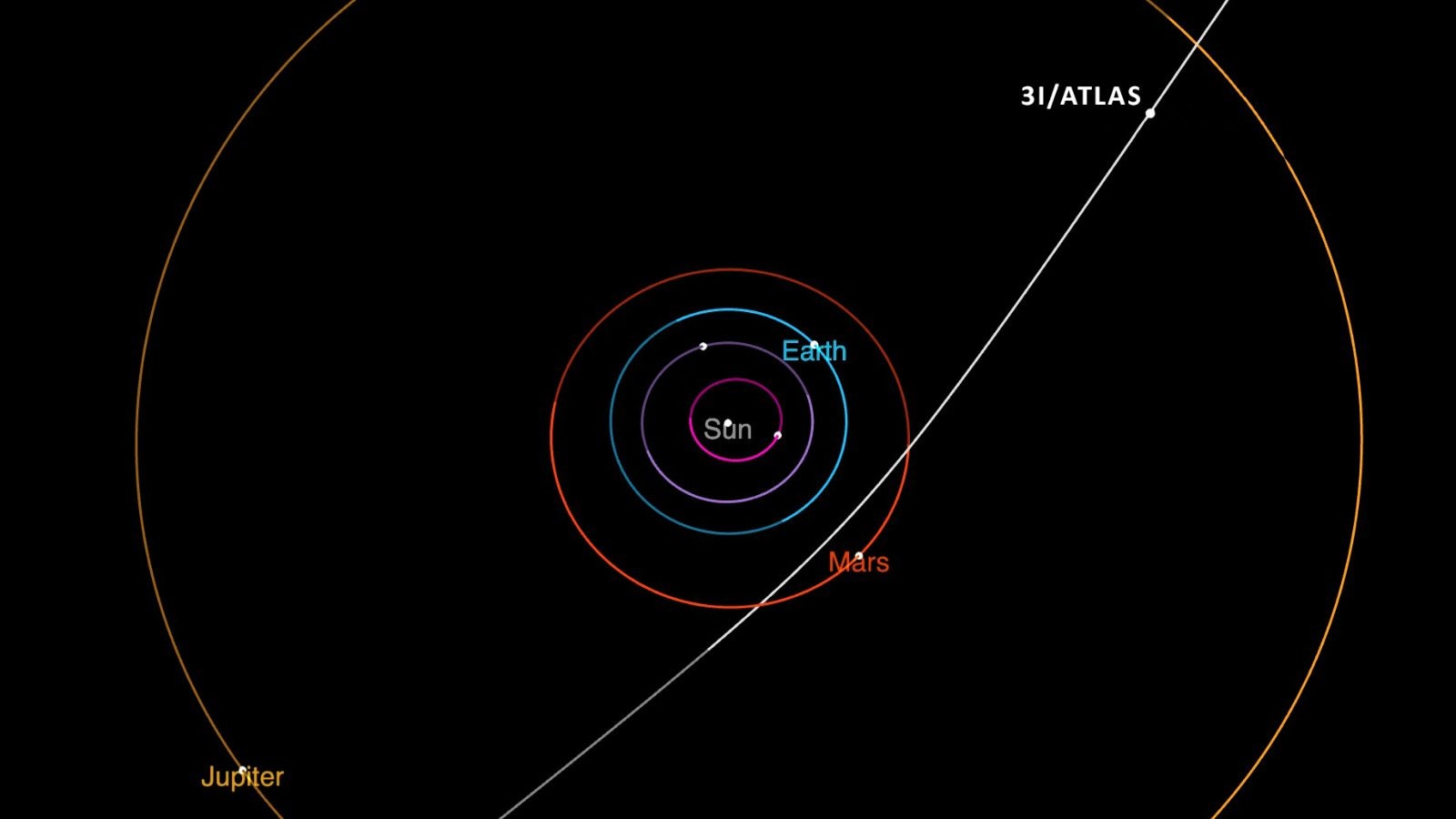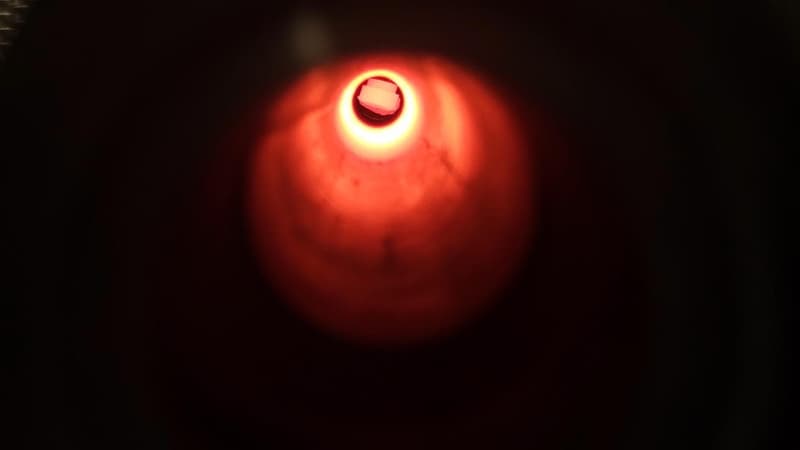Shocking Discovery in Ethiopia: Evolution of Humans Isn't What You Think!

Have you ever imagined that our human ancestry might resemble a sprawling tree rather than a straight path? New research just published shows that the story of human evolution is much more complex and fascinating than previously thought!
Researchers at UNLV have made an extraordinary discovery in Ethiopia, unearthing fossils that could revolutionize our understanding of human evolution. Led by anthropologist Brian Villmoare and a team of international scientists, this groundbreaking study highlights the coexistence of ancient ancestors that lived between 2.6 and 2.8 million years ago, a find that was published in the prestigious journal Nature on August 13.
At the remarkable Ledi-Geraru site, the team stumbled upon 13 teeth that belong to both the genus Homo and a newly identified species of Australopithecus. This new species stands apart from the well-known Australopithecus afarensis, famously represented by the fossil known as 'Lucy', which lived about 2.95 million years ago.
The presence of both species at the same site challenges the traditional view of human evolution as a linear process. According to Villmoare, it’s more like a tree with numerous branches, each representing a different evolutionary path. “We used to think of human evolution as fairly linear, with a steady march from an ape-like ancestor to modern Homo sapiens. Instead, humans have branched out multiple times into different niches,” he explained. This new perspective not only reshapes our understanding of ourselves but also parallels how all forms of life evolve.
As climate conditions shifted and drier environments emerged in East Africa, nature experimented with various adaptations in the human lineage, leading to the extinction of more ape-like species. Villmoare emphasized, “This is what we should be finding in the human fossil record.”
The Ledi-Geraru site is notable for being the location of the discovery of the jawbone of the earliest known Homo specimen, dating back 2.8 million years. Villmoare has been part of the extensive research project at this site since 2002, collaborating with specialists from the Institute of Human Origins at Arizona State University.
“The new finds confirm the antiquity of our lineage,” Villmoare stated. Although researchers have a clearer picture of what the earliest Homo looked like, much is still unknown, particularly regarding the distinctions between Australopithecus and Homo and how they coexisted in the fossil record.
While the newly identified species has not yet been named, the urgency for further fossil discoveries and research is evident. This remarkable study illuminates the intricate tapestry of our evolution, reminding us that the story of humanity is anything but simple.



























